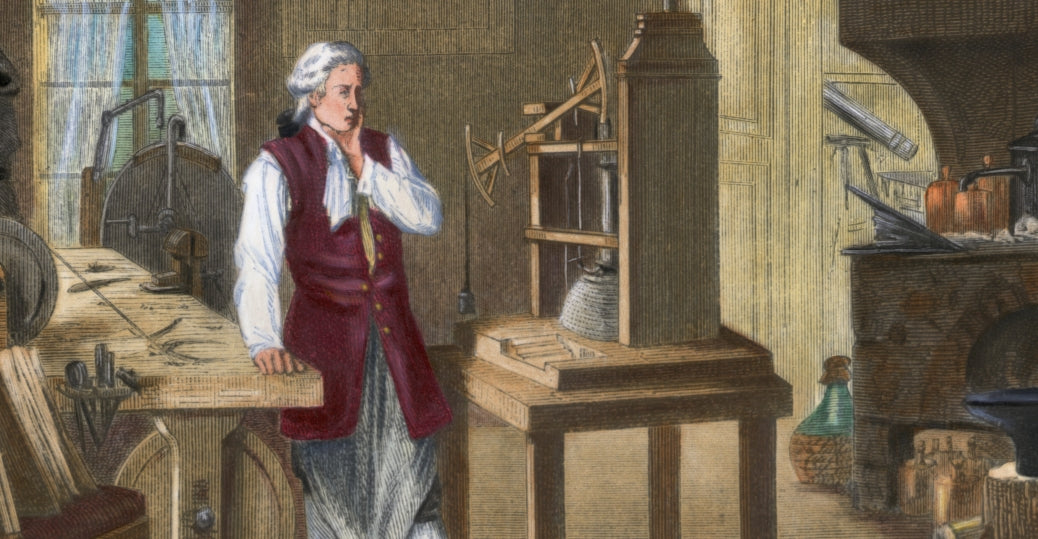
The Development of Steam Engines: From Denis Papin to James Watt
The steam engine stands as a testament to human ingenuity and innovation, marking a significant milestone in the history of technology. In this blog post, we will delve into the captivating story of steam engines, tracing their evolution from the experimental work of Denis Papin to the groundbreaking improvements made by James Watt.

Denis Papin's Influence: The Birth of Steam Power
In 1679, the French physicist Denis Papin introduced a pressure cooker, a closed vessel that harnessed steam to generate high pressure. While not initially intended for power generation, Papin's invention laid the foundations for utilizing steam as a source of mechanical energy.
Thomas Savery: The Steam-Driven Suction Machine
Inspired by Papin's work, Thomas Savery furthered the development of steam power. In 1698, he patented a steam-driven suction machine designed to remove water from coal mines. Savery's machine employed steam pressure to create a vacuum, allowing water extraction. However, due to imperfect vacuum creation, it had limitations in lifting water to higher heights.
Thomas Newcomen: The Atmospheric Steam Engine
Building upon Savery's design, Thomas Newcomen invented the atmospheric steam engine. In 1712, Newcomen and John Calley constructed their first engine atop a water-filled mine shaft, effectively pumping water out of the mine. Newcomen's engine marked a significant improvement over Savery's design, enabling greater pressure and more efficient steam utilization.
James Watt's Revolutionary Improvements
James Watt, renowned for his remarkable contributions to steam engines, revolutionized the field with his inventions. In 1765, while working at the University of Glasgow, Watt was tasked with repairing a Newcomen engine known for its inefficiency. This experience sparked Watt's determination to enhance Newcomen's design.
Watt's most notable improvement came in 1769 with his patent for a separate condenser connected to the cylinder by a valve. Unlike Newcomen's engine, Watt's design allowed the condenser to remain cool while the cylinder stayed hot, significantly increasing efficiency. Watt's engine ultimately became the dominant design for modern steam engines and played a pivotal role in the industrial revolution.
Reciprocating Steam Engines and the KACIO LS1-14 Model
Reciprocating steam engines, characterized by the movement of sliding pistons in cylinders powered by steam, were a cornerstone of the Industrial Revolution. The KACIO LS1-14 Single Cylinder Reciprocating Steam Engine Model represents a captivating miniature rendition of this engineering marvel. Designed for model ships or boats above 60cm, this model offers a hands-on experience that showcases the principles behind steam-powered machinery.

The journey of steam engines from Denis Papin's pressure cooker experiments to James Watt's groundbreaking improvements is a testament to human ingenuity and innovation. These engines not only revolutionized various industries but also propelled the world into the industrial age. Now, The KACIO LS1-14 Steam Engine Model serves as a tribute to this remarkable era of engineering and continues to fascinate enthusiasts with its intricate design and working mechanisms.
Sources: Internet

Leave a comment